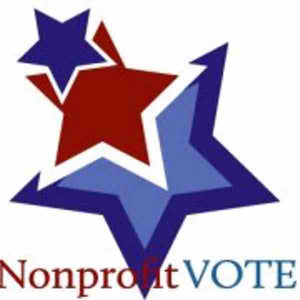
Nonprofit Vote: Engaging New Voters
Nonprofits can close the participation gap between young, low-income, and voters of color to build a more inclusive democracy.
The Problem
American democracy and social justice are challenged by large gaps in voter participation tied to income, age, and ethnicity. Those without college degrees, lower-income, younger voters, and communities of color are significantly less likely to vote than their higher income, older, and whiter counterparts. Debates on issues of equity and justice, the role of government, and equal opportunity are diminished without the inclusion of voices of the broader citizenry. The urgency of narrowing and ultimately closing these gaps in participation have never been more evident.
While the policy environs play a role in turnout, even the most voter-friendly states have substantial differences in voter turnout by demographics. That’s because participation gaps in large part reflect gaps between who is and is not contacted about voting. Unfortunately, the economics of political campaigns reinforce these gaps. Campaigns are driven by an unforgiving win-or-lose deadline, so they focus their limited money and time on likely voters. That means unlikely or “low-propensity” voters are rarely contacted about elections. Not being contacted, they don’t vote. And by not voting, they are labeled as unlikely voters and the cycle repeats itself.
The Solution
Unlike campaigns, nonprofits doing nonpartisan voter engagement work are driven by a commitment to ensuring that the voices of those they serve are heard in the democratic process. This fundamentally different goal, coupled with a longer-term timeline, lead to a fundamentally different outcome. As nonprofits engage the communities they serve in voting and elections, participation levels rise. As participation levels rise, people are labeled as likely voters and campaigns start contacting them, at which point a positive feedback loop begins to take shape. This positive feedback loop is a key factor in the habit-forming nature of voting.
This understanding drives Nonprofit VOTE’s work to harnesses the civic reach of nonprofit human service providers such as health centers, food banks, and family assistance centers who maintain a trusted relationship with the individuals they serve and support. Taken together, service agencies and CBOs have personal contact with over 100 million people annually, including their clients, staff, and local communities. By investing in ecosystems that increase engagement and voting among marginalized communities, we make voting not only possible, but probable.
Stage of Development
- Early Stage
- Established Prototype
- Scaling
- Other
Organization to Receive Funds
Founded in 2005, Nonprofit VOTE believes that being nonpartisan should not mean nonparticipation. This guiding value, coupled with a commitment to promoting a more representative electorate, drives our work to help nonprofits engage the communities they serve in voting and elections. By leveraging the vast reach and trusted relationships of America’s nonprofits, we aim to narrow participation gaps and ensure all voices are heard in our democratic process. We work on many fronts to support nonprofits in this effort. Our webinars and online resources reach thousands of nonprofit staff nationwide, helping them engage their respective communities.






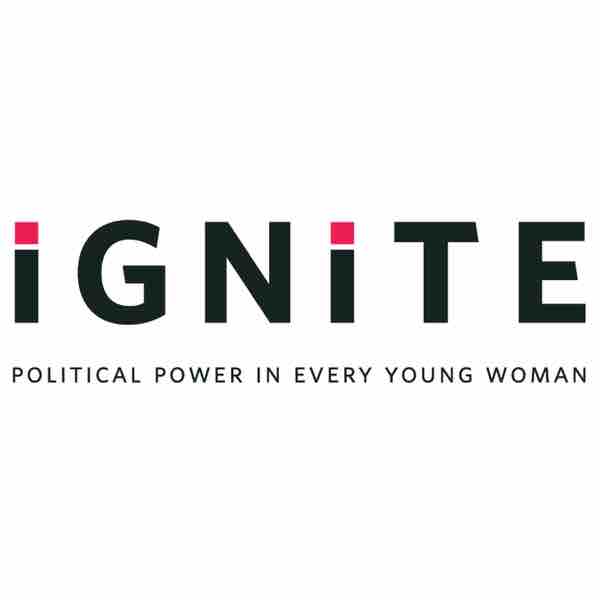
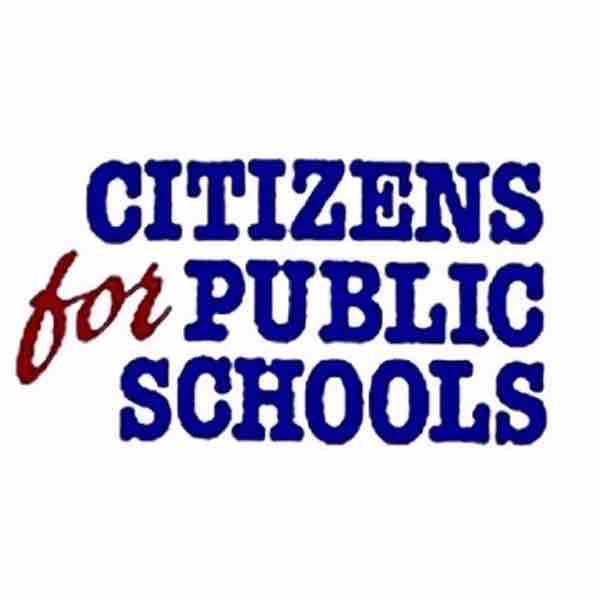
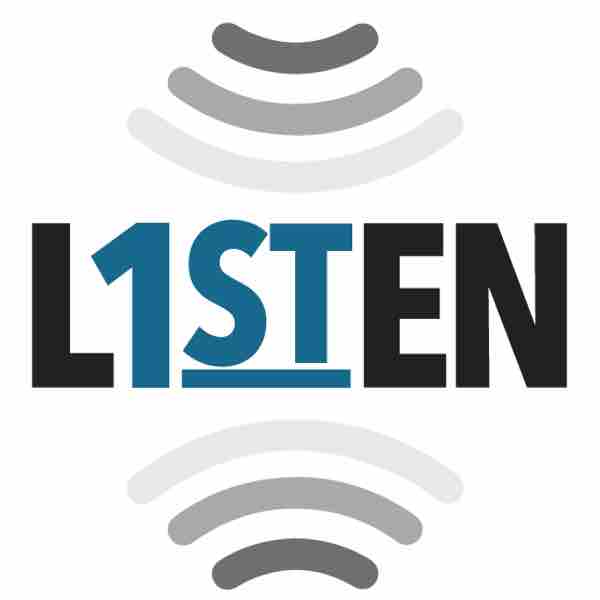
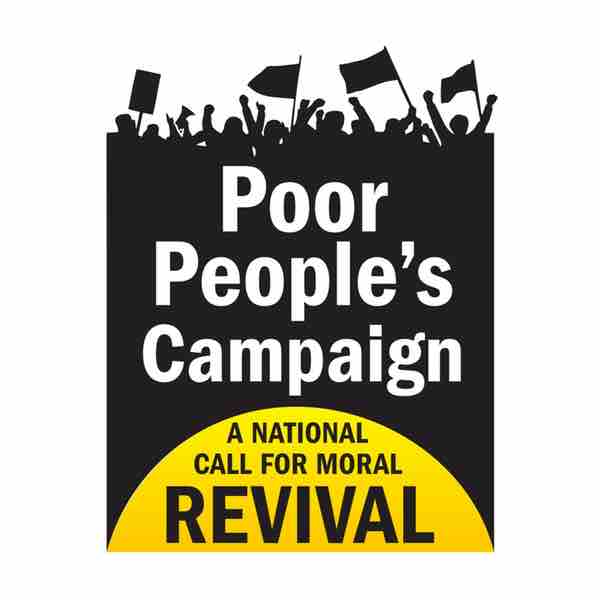
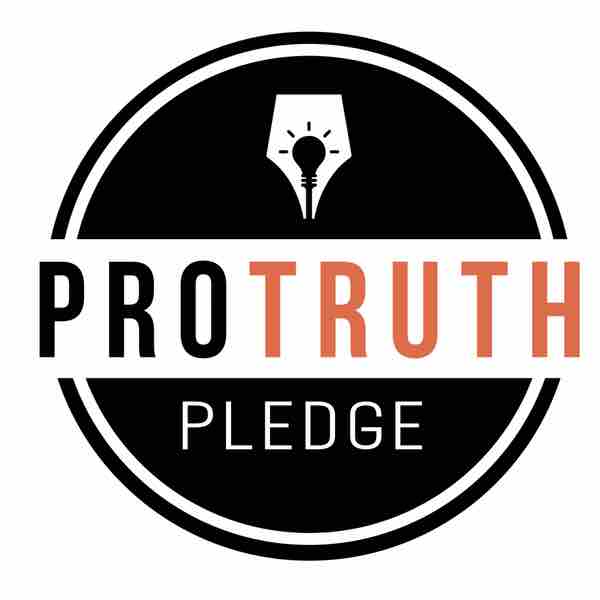

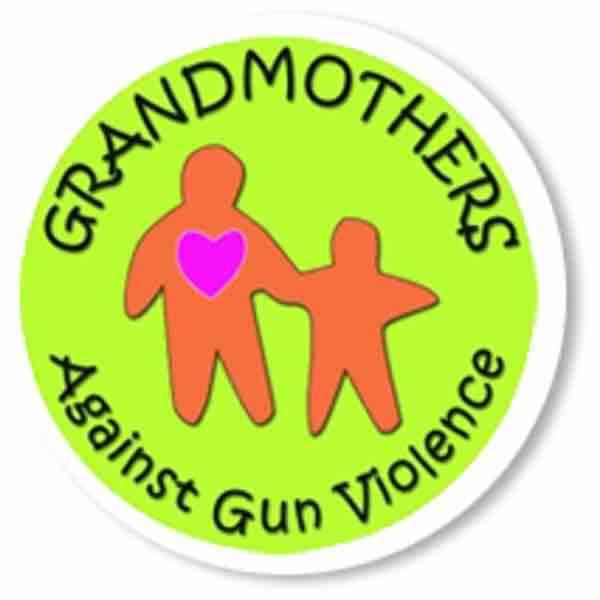
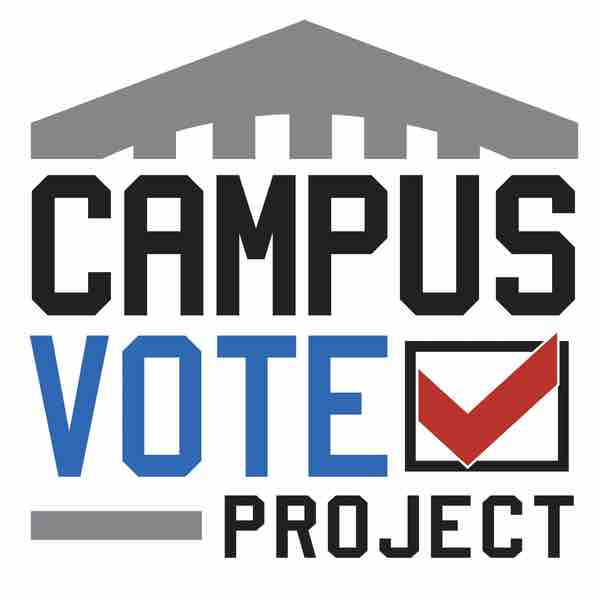

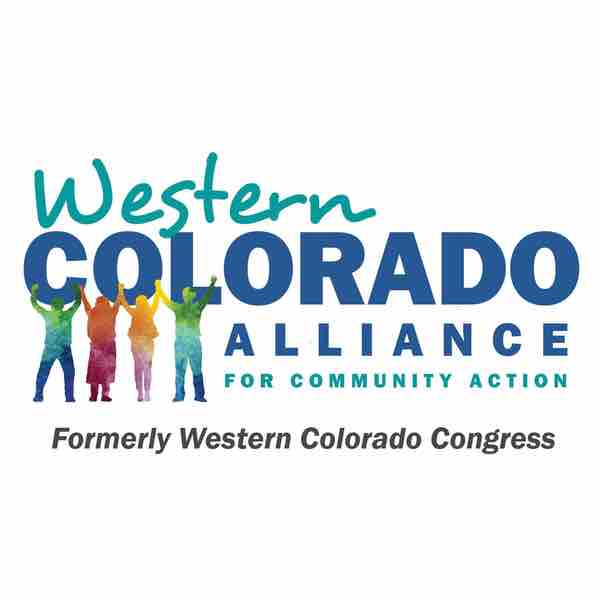

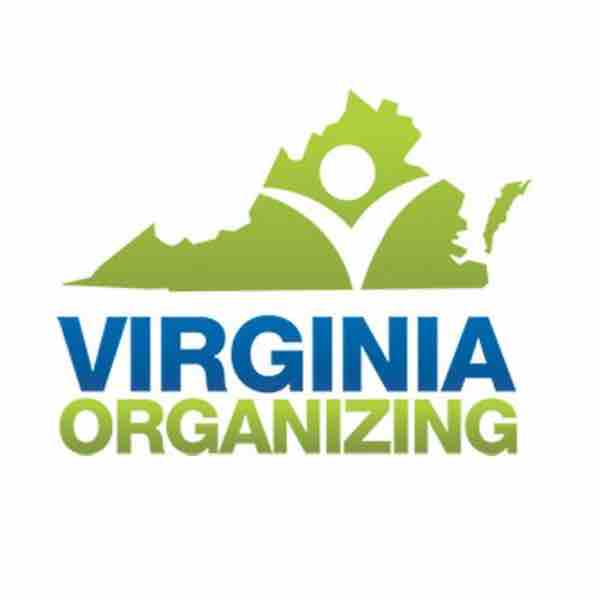
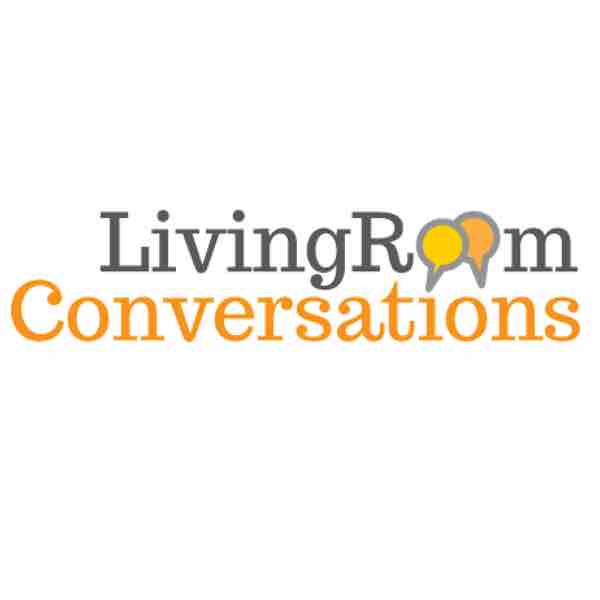

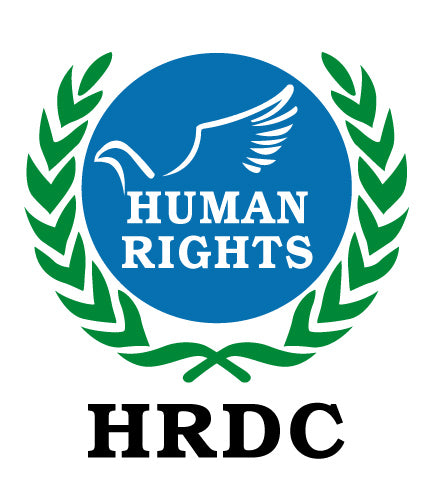
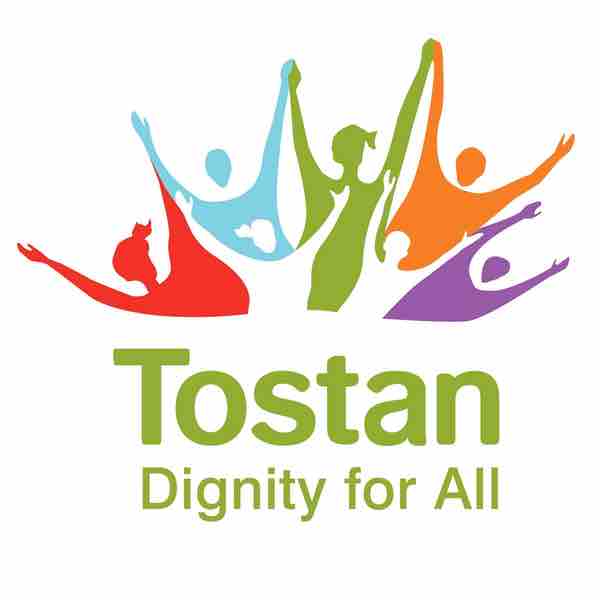


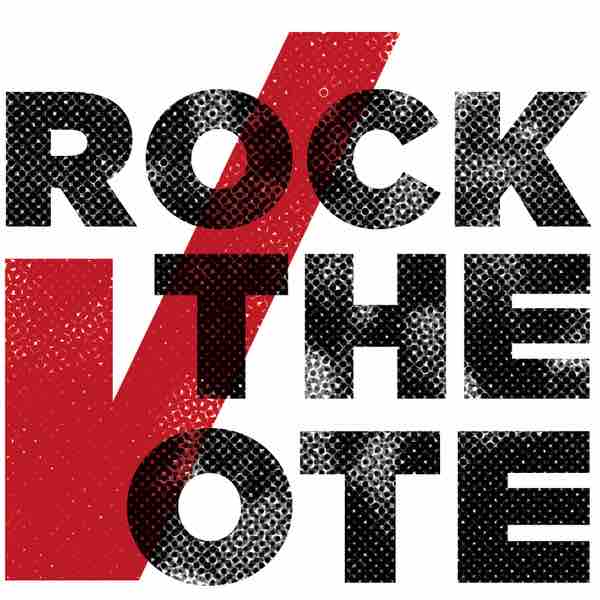





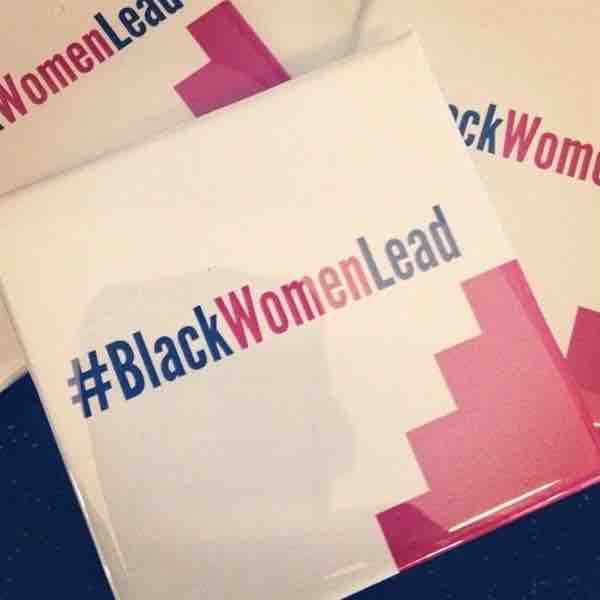

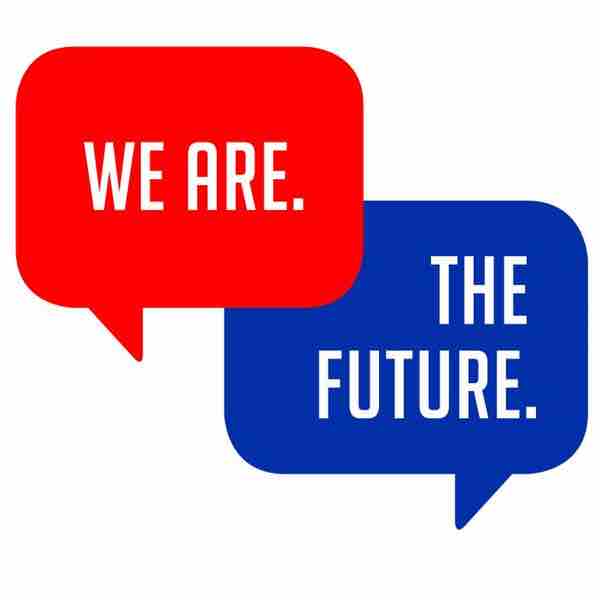
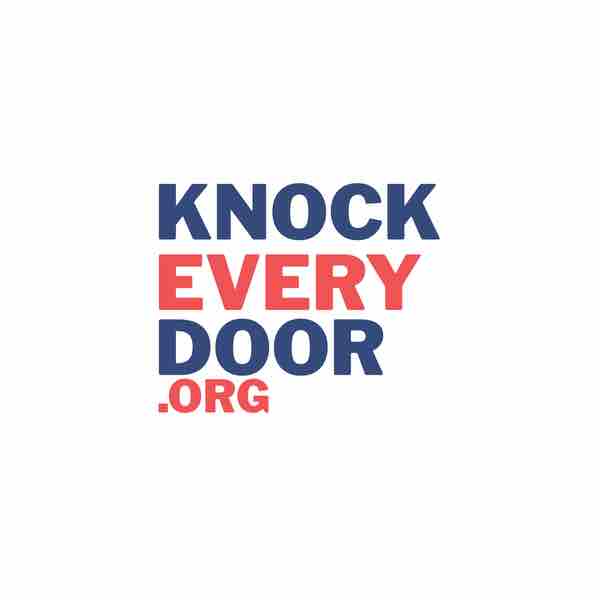



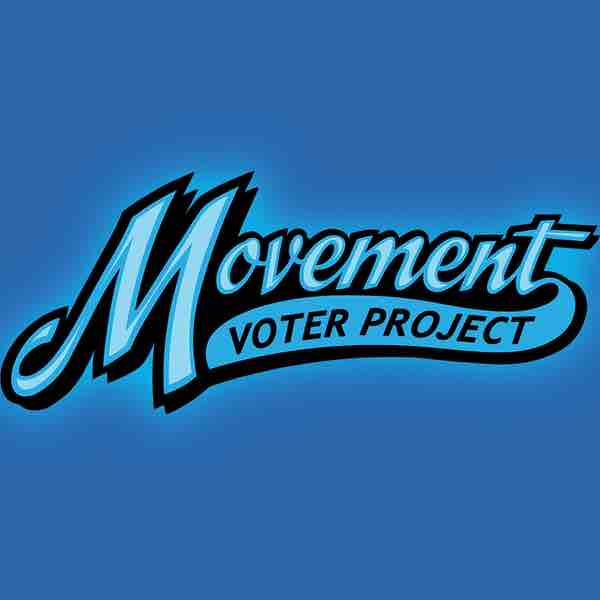



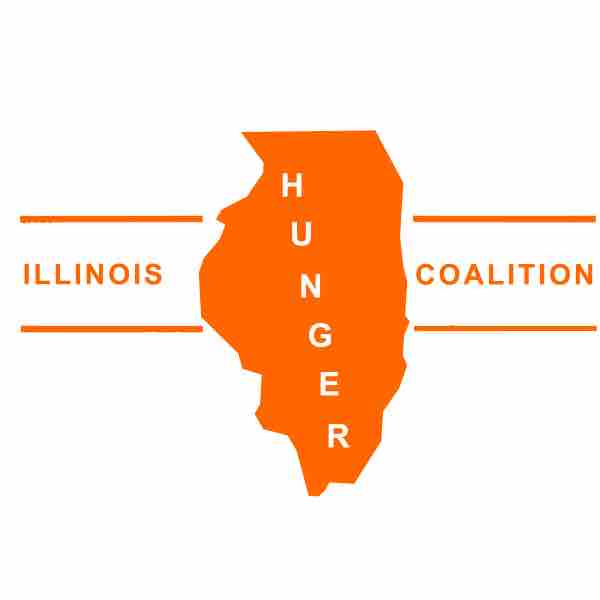

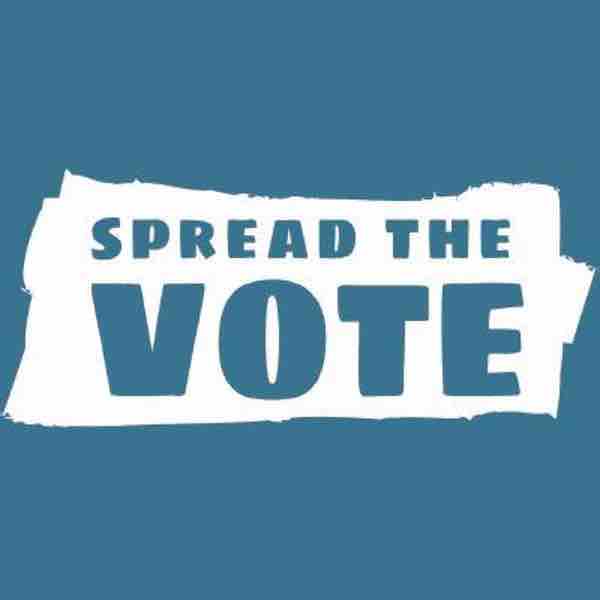
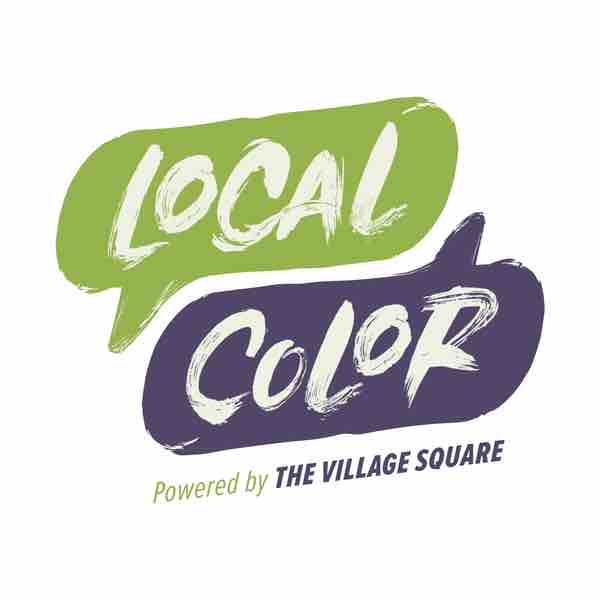



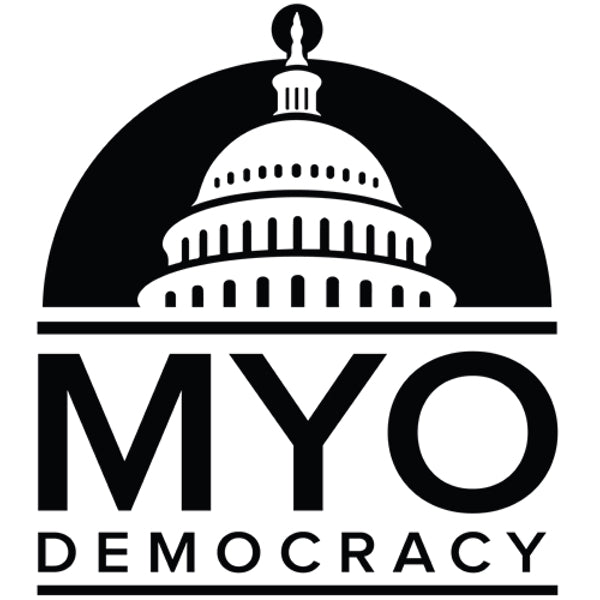

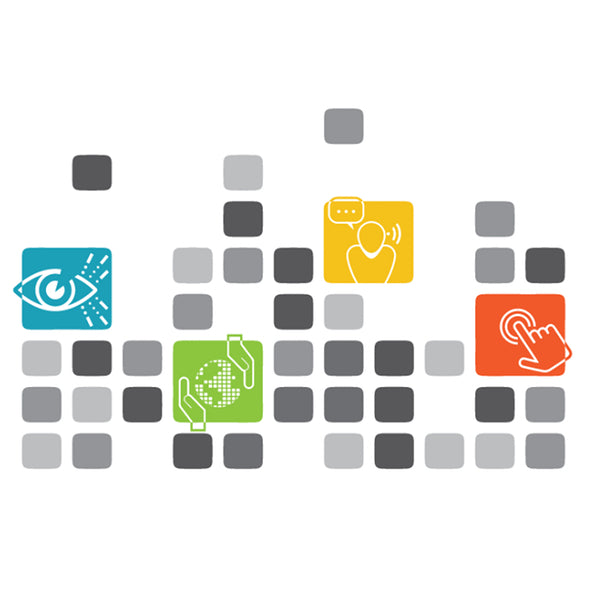
Join The Discussion